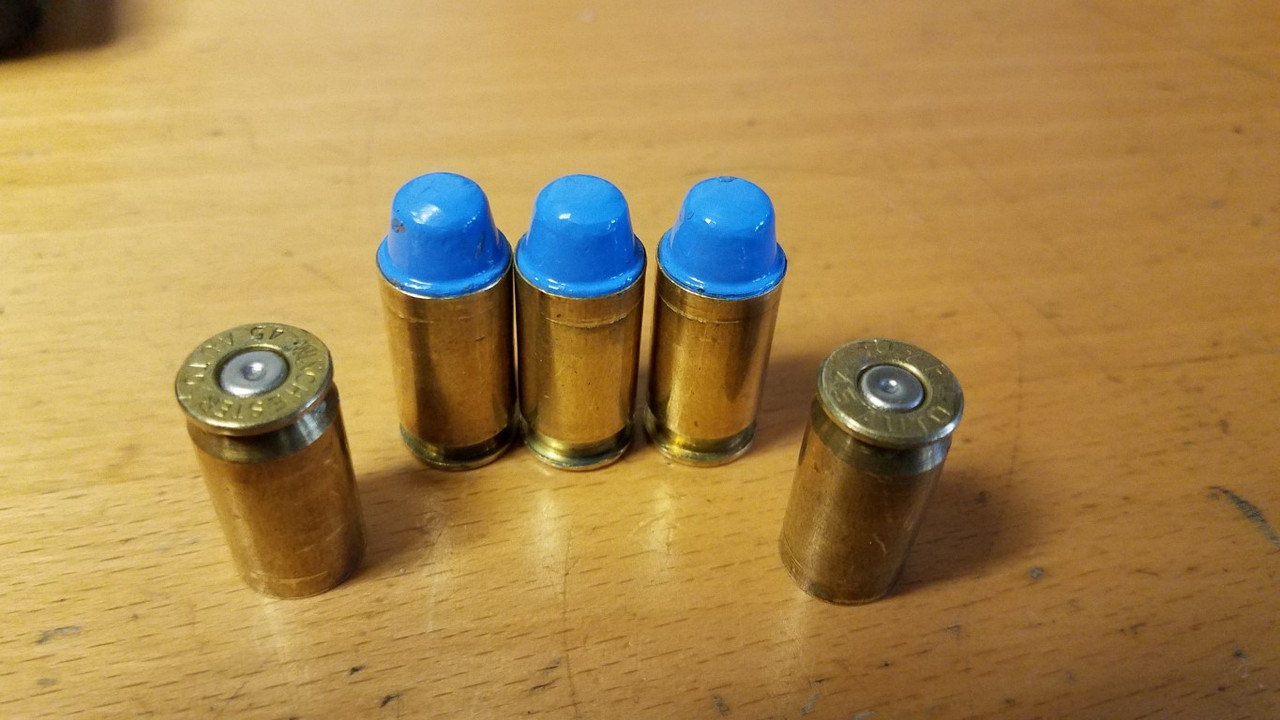so now what I've done is:
-very carefully adjust depth of bullet die (whole die, not the seater plug), to make it so case mouth is straight with no inward crimp
-seating bullet lower, like to 1.16" COAL
This results in a plunk test that has pretty free rotation..not as free as a bare case but pretty free..
However, case bottom is now slightly below barrel hood...
I notice that empty cases are also below barrel hood by what seems to be same amount..
Is the idea here that no part of the bullet touches the barrel during the plunk test and the case is located entirely by the case lip?

|
   
   
|


|




 Reply With Quote
Reply With Quote













